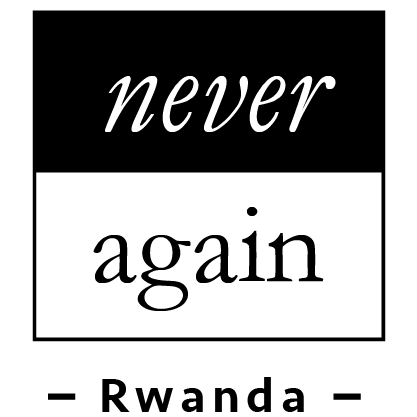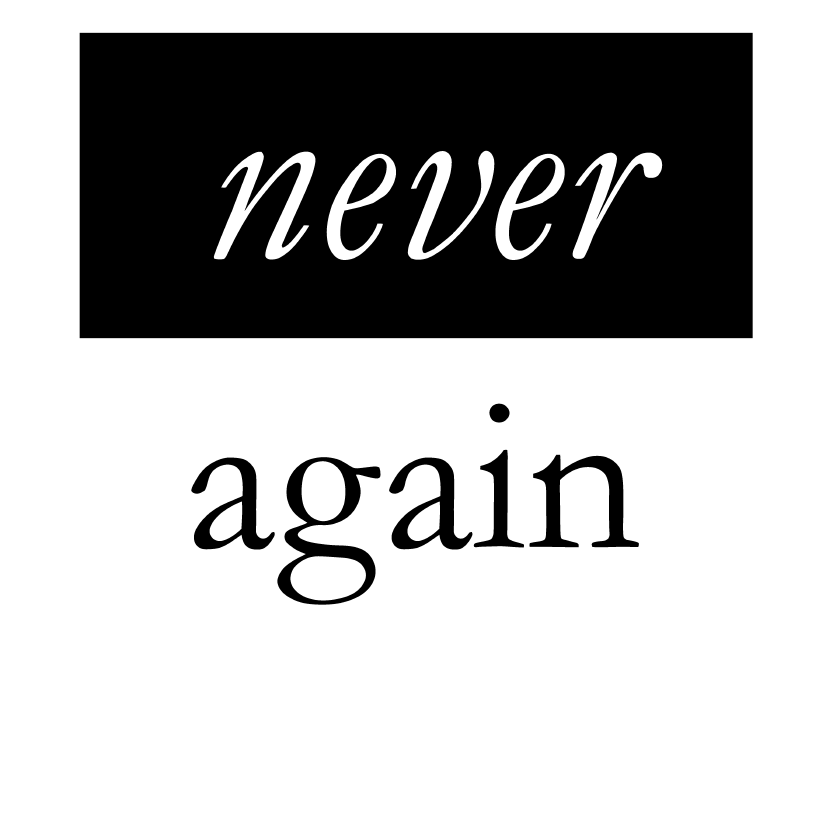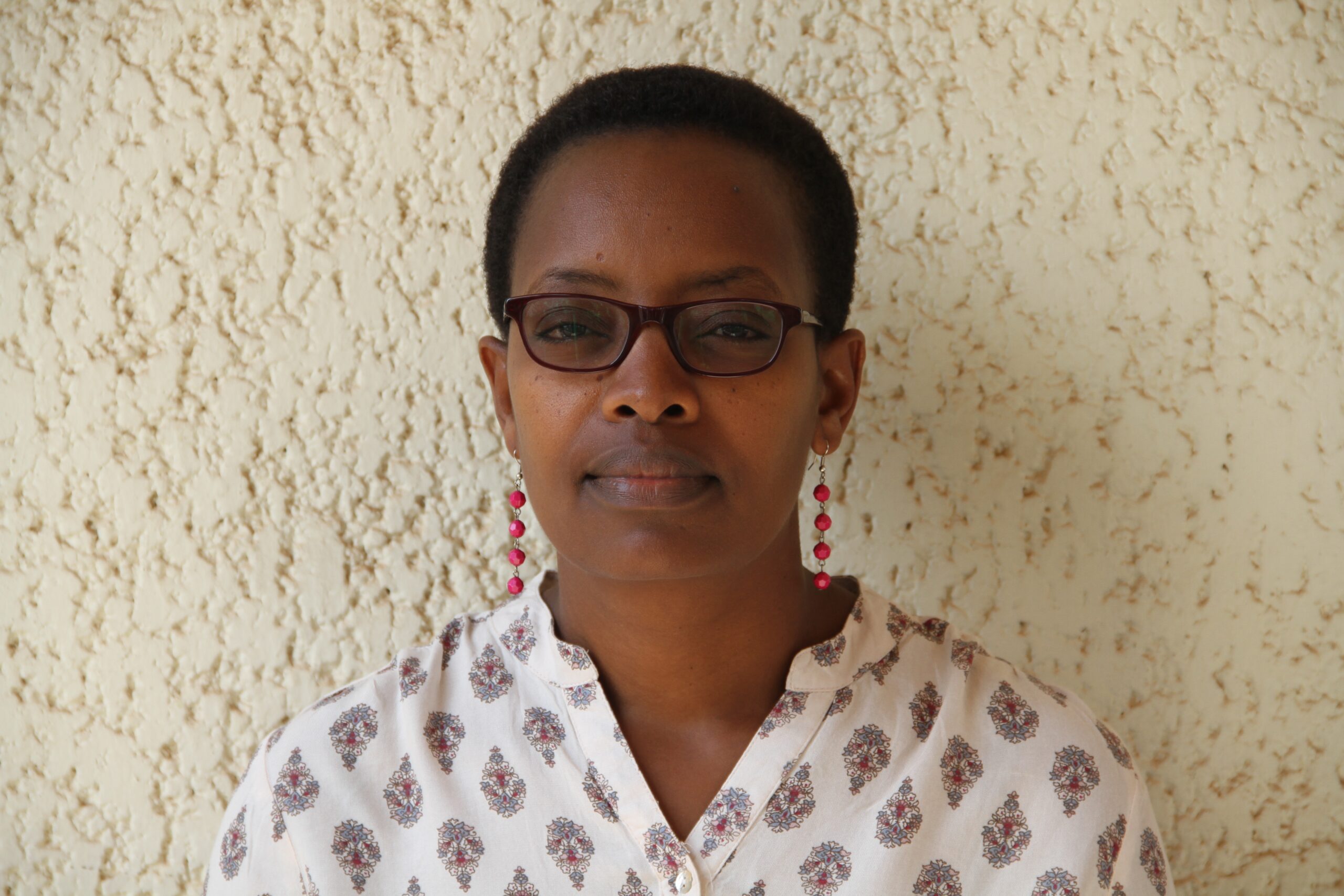In 2015 January, I got shortlisted to do an interview for the post of a peacebuilding Coordinator at Never Again Rwanda which I saw as an opportunity to gain a deeper practical experience in peace building though I had studied conflict transformation studies; I had not had the opportunity to engage in community peacebuilding practice. Thus, my understanding of peacebuilding was more based on a long experience of working in demobilization and reintegration programs (DDRR) that also aimed to promote peace and reconciliation in Rwanda and the region. Besides DDRR, my other experiences were in social transformation, policy research and economic integration from regional and international development agencies and the local think tanks.
During my last oral interview at NAR, I remember based on discussions I had with senior managers, one of them mentioned that I would support them in implementation of societal healing program. Well, I had lots of enthusiasm to do peacebuilding, but, I had no clue of what healing wounds in the Rwandan community meant but, honestly, the work that waited was complex and huge!
Two weeks after, I reported at work, my supervisor advised me with another colleague to visit a group of women victims of rape in Southern Province that were undergoing group therapy. I know that I have shared this story with some of my colleagues, but I find it important to retell this story to express my first understanding of wounds and the need for healing. I feel compelled to share this story with the audience of Peace Insight because of its profound meaning to me and could have to other readers.
A group of about 30 women convened in a room that serves as the safe space in which women are supported by professional psychotherapists to share their personal sensitive past through group therapy to overcome their traumatic memories. The discussion on that day was sharing their testimonies on the impact of the group support. These women narrated their stories, one by one, on how they were tortured and some of them raped publically during the Genocide against the Tutsis. I remember one of them mentioned how she was stripped naked and told to walk.
Through those traumatic testimonies one of them got traumatized and started screaming and shouting they are coming, calling for rescue to protect her from killers. Emotionally, she was taken back to 1994 and in a very short time possible, majority of them broke into tears! I got so shocked to hear such traumatic stories and the level of brokenness. While, I had studied about rape as a weapon of war, I had never had firsthand experience of how my people experienced this kind of atrocity. At this moment, helpless as I was, I had nothing much to offer other than running to buy tissues to wipe their tears and mine. At this moment, I didn’t learn healing, but the need for healing.
The most important issue for me in this group was the role of a professional psychotherapist who took control of the traumatized woman and maintained the mood of the space until when everything normalized. Interestingly, the woman who got traumatized and screamed for help is the same woman, who led us in a closing prayer at the closing of the dialogue since prayer is their ritual for the group that starts and closes the dialogue.
One of the key lessons for me in this article is that such people with profound traumatic memories should be supported in homogenous groups that share the same wounding. Also, these people wounded in diverse ways should be facilitated by professional psychotherapists who are able to control strong emotions, but most importantly these groups should be supported in safe and protected spaces. The question is what is a safe space? Where people meet and cry together? In my next article, I will discuss what a safe space is in relation to the experience of implementing societal healing program in post-genocide Rwanda and why trauma healing requires safe spaces.


